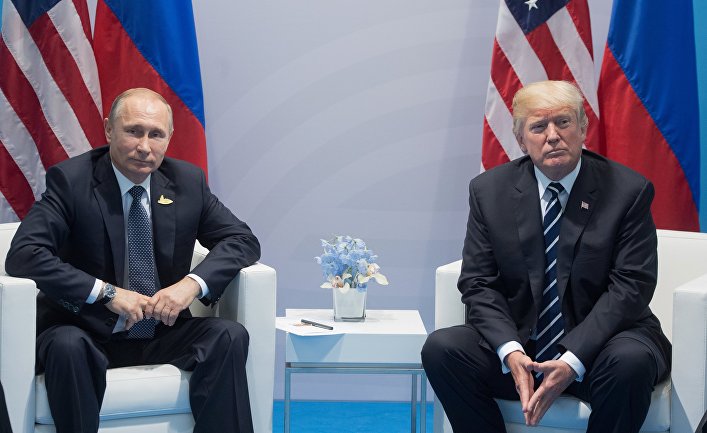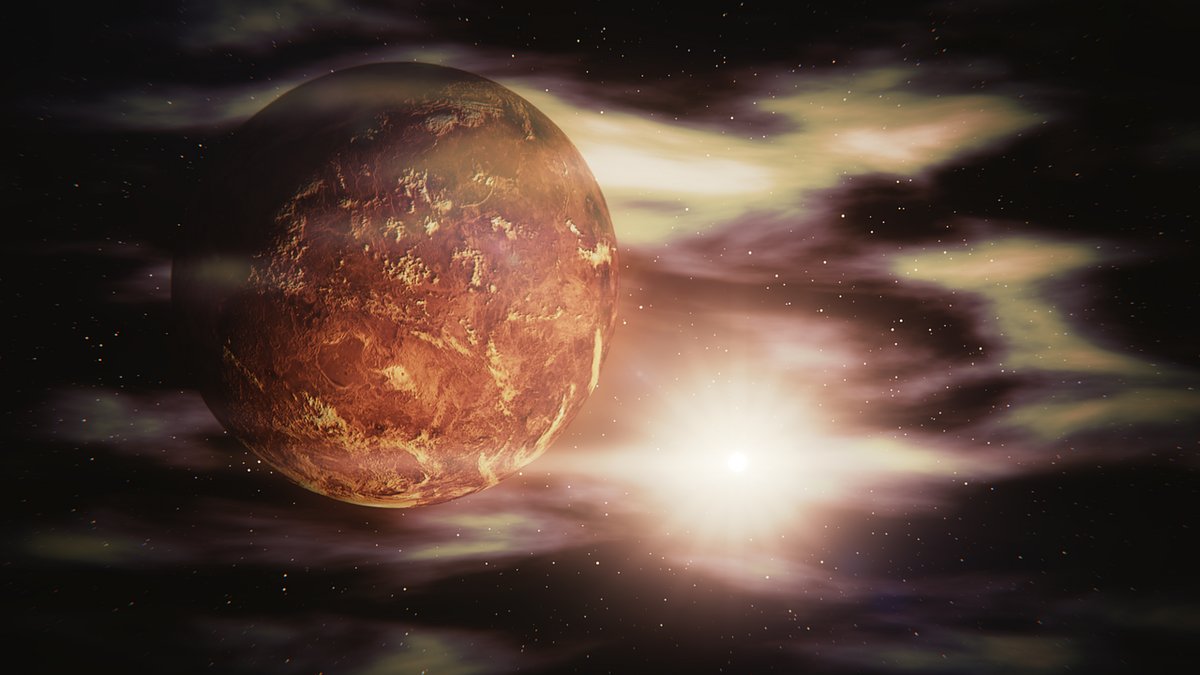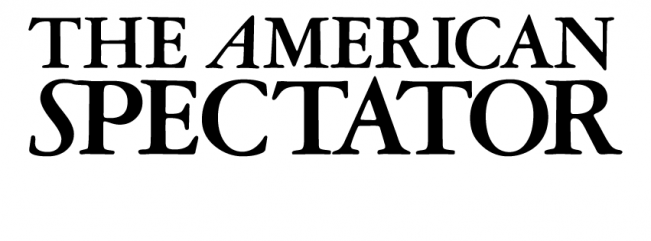Robert Thurston
Robert Thurston is professor of history at Miami University in Oxford, Ohio. He is the author of Life and Terror in Stalin's Russia, 1934-1941.
It’s been a common analysis these days that the divisions in modern Ukraine stem from the fact that the western areas of Ukraine – Galicia specifically – were ruled for over a century by the Austrian Empire, while the eastern and southern regions were ruled by Russia, and the Crimea by the Turks. True, the different sources of imperial control over Ukrainian territory certainly produced some of the fabled "orientation” toward the West or "Europe” in the western regions; the eastern sections were and are tied more closely to Russia. But a more important period in producing different views of history in various regions of Ukraine, and hence ideas about what should happen today, was World War II.
Russian authorities regularly refer to Western Ukrainians and their representatives in Kiev as "fascists.” That is going much too far; the Euromaidan were a mixed lot of various nationalities and religions. On the other hand, some protestors, among them highly influential people, have continued to revere ancestors allied with the Germans during the war.
Oleg Tyagnybok, leader of the right-wing Svoboda (Freedom) Party, the fourth-largest political group in Ukraine, led thousands of his supporters in a torch-lit parade through Kiev in January. The procession honored Stepan Bandera, leader during the war of OUN-B, or Organization of Ukrainian Nationalists-Bandera. OUN-B was the more radical, in several senses, wing of OUN. Both parts of the organization, based in western Ukraine, strove for an independent Ukrainian state. OUN-M (after its leader, Andrii Melnyk) wanted to cooperate with the Germans in the hope that after the war, they would permit the creation of an independent Ukraine. Bandera pushed hard, as the Germans entered Soviet territory in June of 1941, for an independent state right away. For this stance he was imprisoned by the invaders in the fall of that year. But in the summer of 1941 both segments of OUN had organized "militias” that carried out pogroms against Jews. Then the Germans decided they had had enough of Ukrainian initiatives for the moment and set up their own Ukrainian auxiliary police.
By the fall of 1944, the Germans were feeling shorthanded. Bandera and his compatriots were released, or unleashed, upon Jews, Russians, and Poles in the areas of Ukraine still occupied by the Germans. Today Bandera may be a hero to Svoboda and to another right-wing group, Right Sector, but mentioning OUN-B often evokes disgust in the eastern part of Ukraine.
Numerous monuments to other murderous Ukrainian nationalist groups, often erected in the past few years, exist today in western Ukraine. For example, the UPA (Ukrainian Insurgent Army), responsible for the deaths of many Jews during the war, is honored in the local history museum of Kosiv, located in the home of the town’s last rabbi. The UPA found many Jews hiding in the woods of Galicia and Volhynia in 1942-44 and either handed them over to the Germans or killed them on the spot. (See Ray Brandon and Wendy Lower, eds., The Shoah in Ukraine: History, Testimony, Memorialization.)
The invaders found it politically handy to allow the creation of a volunteer Ukrainian SS Division, the Galizien, in 1943. Fond celebrations of that force have taken place several times recently in western Ukraine or by people from there. In June of 2012, fans of the Karpaty Lviv football club (Carpathian Lviv, referring to the Carpathian Mountains in the far west of the country and to the largest western Ukrainian city) held high a Nazi flag at a match in Kiev. In April 2013, a ceremony honoring the Galizien SS took place near Lviv. Ukrainian reenactors enjoyed dressing in the unit’s uniforms and pretending to kill Soviet troops. In August 2013, a ceremony held in the western Ukrainian village of Chervone featured men dressed as members of the division.
Perhaps it is inappropriate to call those who merely venerate right-wing mass murderers "fascists.” The Russian government and its nationalist supporters use the word to smear all of their political opponents in Ukraine. However, historical memories sharply divide Ukrainians themselves. A common language, especially one that varies in its admixture of Russian words from few in the West to many in the East, is not enough to fill in the deep fissures in Ukrainian historical memory. Nor do the Russians in the Crimea have any fond memories of Bandera or the UPA. (Nor do Crimean Tatars have fond memories of tsarist and Soviet forced deportation.)
It is also notable that the nationalist Ukrainian view of the Soviet famine of 1932-33 as the Holodomor -- literally hunger death, or commonly in English the "terror famine,” an induced, genocidal famine -- has not figured much in recent discourse on the Euromaidan. Here, too, are different historical memories; in western Ukraine, which was part of Poland in the 1930s and did not experience famine, and in Ukrainian studies centers from Harvard to Edmonton, the Holodomor is an article of faith. (Yana Pitner has an excellent review essay on this subject at H-Russia.) Under President Viktor Yushchenko, whose government leaned west, the Ukrainian Rada (parliament) passed a law in 2006 declaring that, "The 1932-1933 Holodomor in Ukraine is [sic] an act of genocide of the Ukrainian people” and "The State shall ensure favorable conditions for the research of the 1932-33 Holodomor in Ukraine and commemoration of its victims on the basis of a relevant national program, annual financing of which shall be made from the State Budget of Ukraine.”
Yet in the regions that were part of Soviet Ukraine in the early 1930s, the question of causation and intent, if any, of the famine is much disputed, as it is in a great deal of scholarship in the West. This is not the place to take up that debate; suffice it to note here that in the summer of 1941, when the Germans crossed over the border that had existed between the USSR and Poland up to September 1939 -- that is, as the attackers went into the part of Ukraine that had been Soviet since 1918-20 -- they reported a distinctly cooler attitude on the part of the local populace than they had encountered in western Ukraine. If memories of the famine had been terrible in central and eastern Ukraine, where, incidentally, the death toll in 1932-33 was very high in Russian-speaking areas, the response to the Germans should have been even more positive there. The opposite occurred.
At the present moment, perhaps we may all agree that Viktor Yanukovych is a thug and a thief who ruled in a particularly clumsy way. He alienated many eastern Ukrainians, both Russian and Ukrainian speakers, not to mention the millions of bilingual Ukrainians. But Yanukovych’s actions and the bravery of the Euromaidan demonstrators have not been enough to revise alternate collective memories of the war and attempts by Ukrainian nationalists to downplay their role in the Holocaust. The Russians, of course, have hardly been free of anti-Semitism themselves. But the Russians are not now openly relishing that part of their past.
I for one do not expect Ukraine, shortly to be shorn of the Crimea, and perhaps to lose some of its eastern territory, to become a fascist state. But whatever the form and inclinations of a new government in Kiev, it should proceed quickly to abandon all celebration of the Ukrainians who, in Wehrmacht uniforms or not, participated in ethnic cleansing during World War II. That, however, is a highly unlikely outcome.



_jpg/250px-ElbeDay1945_(NARA_ww2-121).jpg)








